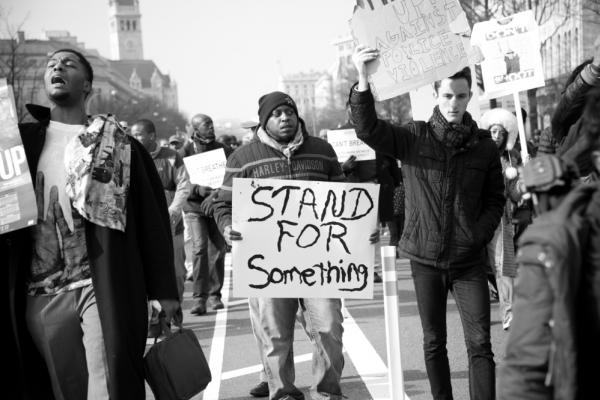IN AN undistinguished apartment around the corner from my house in Columbia Heights, the Black Power revolutionary Stokely Carmichael honed his forceful, insistent rhetoric and organizing genius. His apartment effectively served as the Washington, D.C. headquarters for the Student Nonviolent Coordinating Committee (SNCC).
Historian Peniel E. Joseph’s recently released Carmichael biography, Stokely: A Life, traces this complicated American revolutionary with nuance and freshness critical in our era of resurging black youth-led movements. Regarding Carmichael’s D.C. years, Joseph describes the intellectual crucible that was Howard University at the time.
The Caribbean-born, Harlem-raised Carmichael lived in D.C. from 1960, when he enrolled at Howard as a philosophy major, to 1965, when he relocated to Lowndes County, Ala., as a fulltime organizer for the black freedom struggle. For five critical years, Carmichael—who was raised Methodist and would later found the Black Panthers and become a leading anti-colonial, pan-Africanist living in Guinea (changing his name to Kwame Touré)—honed his organizing skills and revolutionary perspective from his student apartment on Euclid Street.
Read the Full Article

